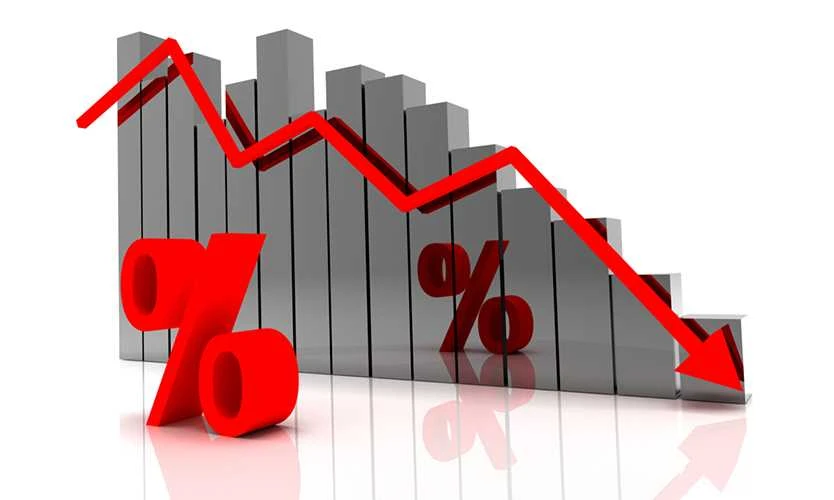
State Bank responds quickly
Lower interest rates have certainly been welcomed by many companies and the Government is continually calling on the State Bank of Vietnam to find all possible measures to tackle this issue.
At the National Assembly meeting on 8 November, Prime Minister Nguyen Xuan Phuc once again reminded the State Bank: “Restructure weak commercial banks and take urgent and tough action against bad debt, while making good use of the monetary policies to cut down interest rates on loans by at least 0.5%, especially in preferential areas, by 2020”.
In a quick response to the Prime Minister, on 18 November, the State Bank announced reducing the interest rate at credit institutions (CIs) which would immediately be effective from the very next day. The SBV has decided to reduce the annual interest rate from 0.2% to 0.5% on Vietnamese currency deposits of both business enterprises as well as individuals at CIs. In particular, the maximum interest rate on current deposits, and deposits with terms of less than one month, will be from 1% to 0.8% per year; while deposits with terms of one month to less than six months will drop from 5.5% per year to 5% per year. Interest rates on deposits with terms from six months or more will be decided by the CIs, based on the demand and supply of capital in the market.
The fact that the State Bank still applies a lifetime cap indicates that it is quite difficult to promote the market economy in Vietnam without lifetime caps and with the least possible formalities, because the State Bank now has to work harder to control the open market when the cap is lower. On 9 October for instance, SBV lowered interest rate on bonds for the third time this year to 2.25% on deposits with a term of seven days. Since then, SBV has continually pumped in more cash via bonds. By mid-November, more than VND 37,990 bn worth of bonds were in circulation. Adjustments to interest rates and continued pumping of cash shows SBV support to banks in the context of lower interest rates on short-term loans.
Also, liquidity in the past few months has been in abundance (interbank interest rates were 1.8% - 2.2% per year) thanks to SBV purchase of foreign cash and low credit growth rate. This is a supportive measure that enables SBV to ask commercial banks to lower interest rates on short-term loans. Additionally, in order to reduce lending pressure on commercial banks, Circular No.22/2019 was issued on 15 November providing limits and guaranteed rates in bank operations and its foreign branches. SBV extended the period to lower short-term capital for medium and long-term loans by three months, longer than the previous plan. Particularly, the percentage of short-term capital for medium and long-term loans will remain at 40% through 30 September 2020 instead of going down to 35% by 30 June 2020.
Low interest rates on short-term loans only
Only by using several measures mentioned above can SBV lower interest rate on loans with term of less than six months and interest rate on short-term loans in five preferential fields. According to market analysts, only commercial banks with state funding are affected by this plan. After Vietcombank, perhaps VietinBank and BIDV will also announce lower interest rates on packages in all fields, rather than in just preferential fields. However, small and medium-sized commercial joint stock banks lower interest rates only in preferential fields, because lower lifetime cap on short-term deposits is based mainly on abundant liquidity in the system. While liquidity in the system is short-term capital, it will hardly spread to interest rates on loans and can only happen in banks with enough capital.
-Dr. Trương Văn Phước, former acting Chairman, National Financial Supervisory Commission
Commenting on the lower interest rates, Dr. Tran Du Lich, member of National Fiscal and Monetary Policy Advisory Council, said that a positive trend has emerged this year from issuance of more corporate bonds, and reducing pressure on demand for credits at CIs. This is one reason why SBV adopted the policy to control loan interest rates before gradually reducing interest rates in preferential fields. Nonetheless, interest rates will not be reduced much, especially consumer credits; or credits of those borrowers with no advantages; and medium and long-term credits, because commercial banks will still raise capital with terms of more than six months at high interest rates.




















